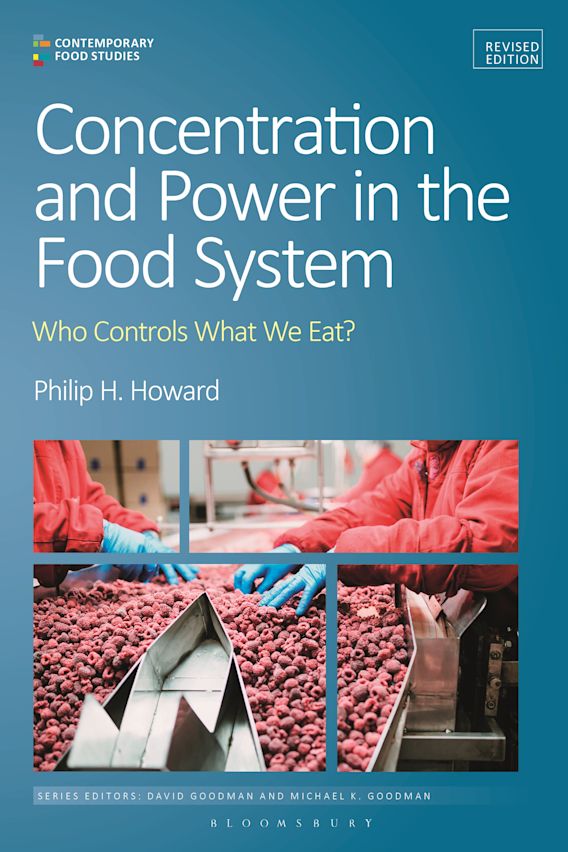How power is created and exercised—often invisibly
DOI:
https://doi.org/10.5304/jafscd.2022.121.015
Keywords:
Concentration, Anti-Trust, Food Systems, Power, Treadmill, Corporate ControlAbstract
First paragraph:
The steady drumbeat of headlines this year revealing the harms caused by concentrated ownership in the food system (Anderson & Weaver, 2022; Gutman, 2022; Hope-D’Anieri, 2022; Krupnick, 2022; Qiu, 2022; Snodgrass, 2022) shows renewed interest in a topic that was a central concern of American politics in the late 19th and early 20th centuries. The revised edition of Philip Howard’s Concentration and Power in the Food System comes just in time to help us understand not only the degree and nature of concentration in our food system, but also how various kinds of concentration enable the exercise of power in ways that were unanticipated by earlier anti-trust legislation and which need to be addressed in new ways.
Metrics

Downloads
Published
How to Cite
Issue
Section
Categories
License
Copyright (c) 2022 Matthew Hoffman

This work is licensed under a Creative Commons Attribution 4.0 International License.
The copyright to all content published in JAFSCD belongs to the author(s). It is licensed as CC BY 4.0. This license determines how you may reprint, copy, distribute, or otherwise share JAFSCD content.












